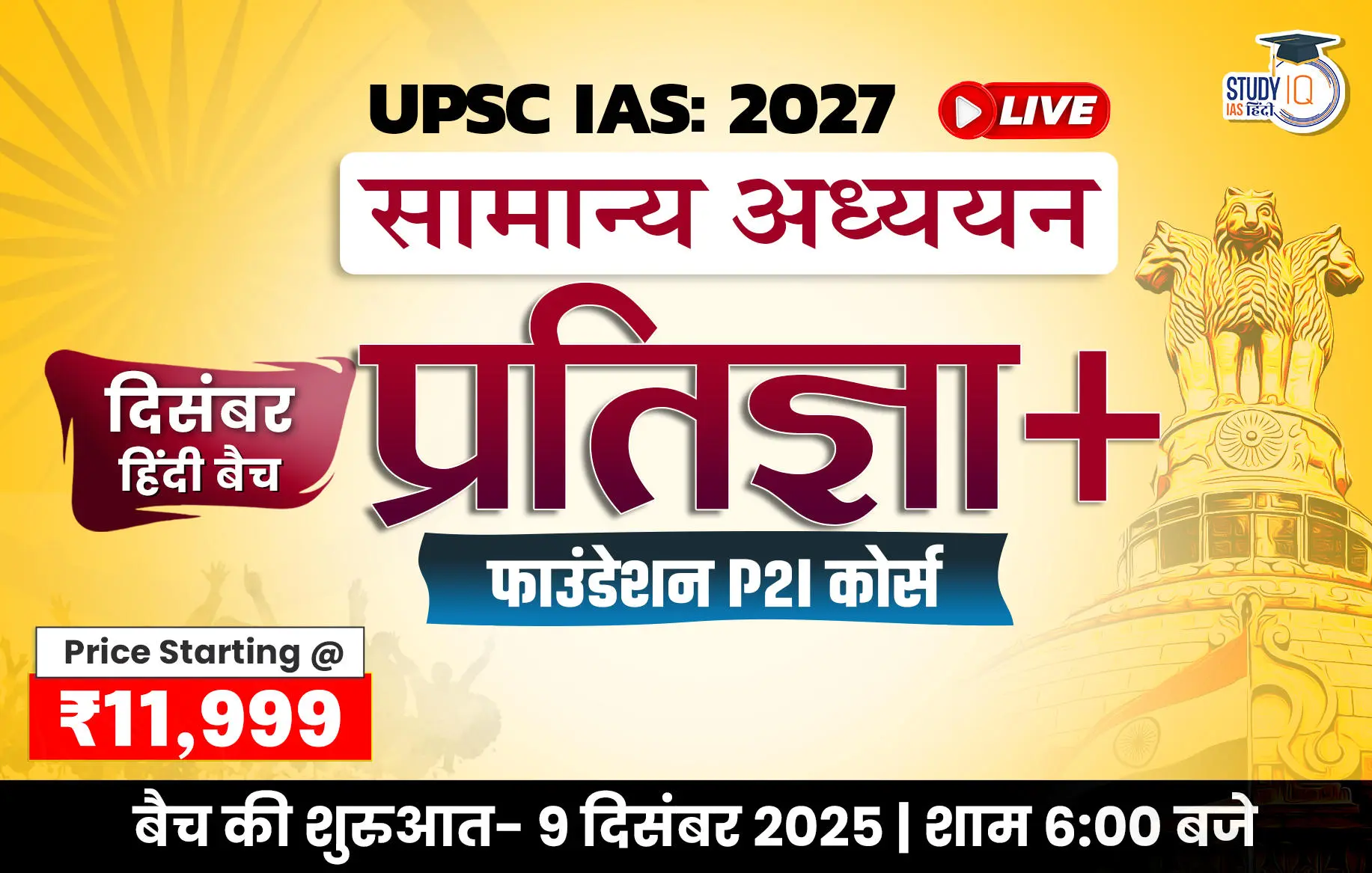Table of Contents
Context: During a parliamentary debate, the Leader of the Opposition criticized the lack of representation of Scheduled Caste (SC) and Scheduled Tribe (ST) officers in the team that framed the 2024 Budget proposals.
More In News
- He noted that the team consisted predominantly of individuals from upper castes, with only minimal representation from minority and Other Backward Classes (OBC).
- The Union Finance Minister retorted by pointing out similar representation issues in entities associated with Gandhi, shifting the discussion to a political blame game.
Underrepresentation in Civil Services
- Statistics on Civil Service Composition: Minister of State Jitendra Singh, in response to a parliamentary question on December 15, 2022, revealed that out of 322 officers holding the posts of Joint Secretaries and Secretaries under the Central Staffing Scheme, only 16 SC and 13 ST officers were included. The majority were from the General category (254 officers).
- Percentage of SC/ST Officers: The representation of SC and ST officers at the level of Secretary and Joint Secretary is just 4% and 4.9%, respectively, indicating significant underrepresentation at senior policy-making levels.
Challenges Highlighted
- Promotion and Reservation: The absence of reservations for promotions in Class A services prevents SC/ST officers from reaching the higher echelons of civil service.
- Age and Entry into Civil Services: SC/ST and Persons with Benchmark Disabilities (PwBD) candidates can enter the civil services until ages 37 and 42 respectively, with no limit on attempts.
- This late entry often results in these officers retiring before they can reach top positions, unlike their General category counterparts who enter younger and have more time to ascend to higher ranks.
Proposed Solutions
- Retirement Reform: The author advocates for reform in the retirement age and system, suggesting a fixed tenure of 35 years for all civil servants, irrespective of their age at entry.
- This change would allow those who enter the civil services later in life to still complete a full career before retirement.
- Lowering Entry Age: Another suggestion is to lower the entry age limits to ensure that all civil servants retire by approximately 67 years of age, considering the increasing average lifespan in India.
- Formation of a Committee: The Leader of the Opposition is urged to push for the establishment of an independent, multi-disciplinary committee with adequate representation from SC/ST, OBC, and PwBD communities.
- This committee would be tasked with examining proposals for civil service reforms to ensure greater social justice and inclusivity.


 UNEP Champions of the Earth Award: UN's ...
UNEP Champions of the Earth Award: UN's ...
 Shilp Didi Programme: Empowering Women A...
Shilp Didi Programme: Empowering Women A...
 Is the Falling Rupee a Cause for Alarm?
Is the Falling Rupee a Cause for Alarm?

























